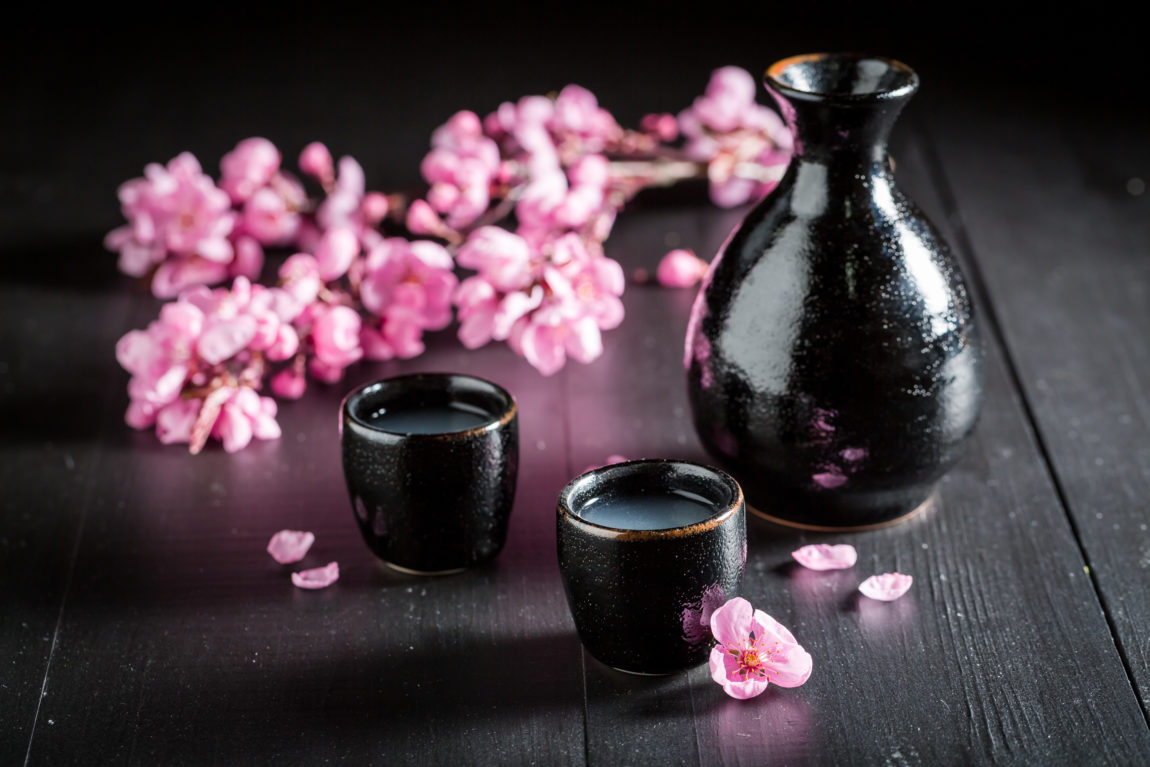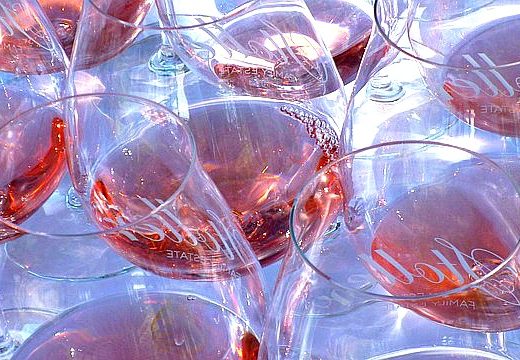Sake tends to be an intimidating category within the drinks industry. It’s usually shelved alongside of specialty wine, but it’s brewed more like a beer. Also, just deciphering the names can be intricate due to the language barrier. However, broken down to a few fine points, we can start to scratch the surface when it comes to beginner Sake knowledge.
First and foremost, what is Sake? Well, Sake is a Japanese brewed beverage made from fermented rice. One of the more confusing aspects can also be how the product is named. The first name on the label is generally the name of the brewery which can then be followed by the “brand” name or the “fanciful” name. The second item to look for on the label is the grade classification (with the highest grade being Junmai Dai Ginjo, the second highest being Junmai Gingo, and the lowest grade being Junmai). These grades correlate with the level of grain polish (or the milling ratio) taken from the rice and are applicable to the pure rice style of Sake.
If the Sake has additional alcohol added during the fermentation process then the grades will take on new names (with the highest grade being Daiginjo, the second highest being Ginjo, the second lowest being Honjozo, and the lowest grade being Futsu-shu). Again, these correlate to the amount of grain polish taken from the rice. There are also several different styles of sake. A few of these are Nama (which means “unpasteurized” or “raw”), Genshu (the term for “undiluted”), Nigori (or “cloudy”), and Tokubetsu (meaning “special”).
Quick Recap
Sake Grade Classifications – No Alcohol Added
- Junmai Daiginjo – The highest grade (50% or less of the rice grain remains after milling)
- Junmai Ginjo – The second highest grade (60% or less of the rice grain remains after milling)
- Junmai – No minimum percentage requirement for rice milling
Sake Grade Classifications – Alcohol Added
- Daiginjo – The highest grade (50% or less of the rice grain remains after milling)
- Ginjo – The second highest grade (60% or less of the rice grain remains after milling)
- Honjozo – The third highest grade (70% or less of the rice grain remains after milling)
- Futsushu – No minimum percentage requirement for rice milling
So, next time you’re strolling through the Sake aisle of your favorite wine shop, just remember these key points. After choosing what styles suit your palate, you’ll be shopping with confidence in no time!
*Photo Credit / Adobe Stock Images




